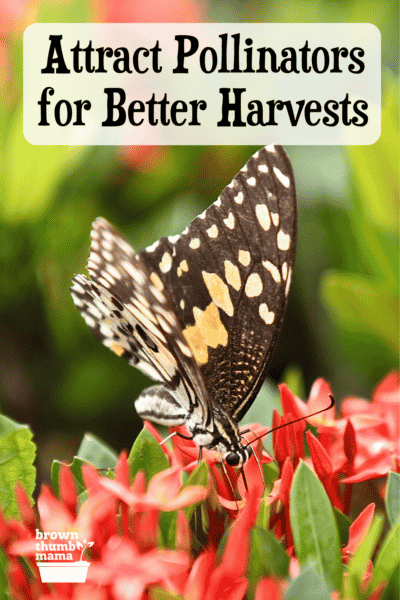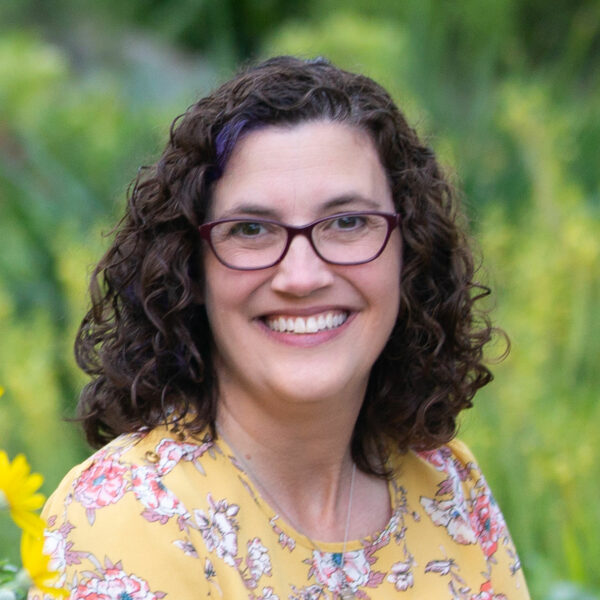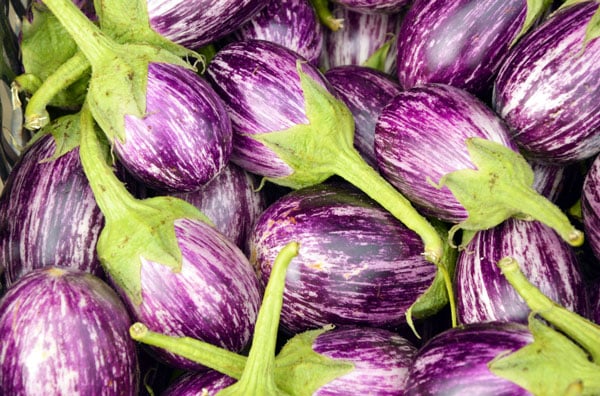This post may include affiliate links.
If you make a purchase, I'll earn a small fee at no extra cost to you.
Pollinating insects and birds play an important role in creating a healthy, bountiful vegetable garden. With the right plants and a few simple tips, you can easily attract more beneficial pollinators to your home garden.
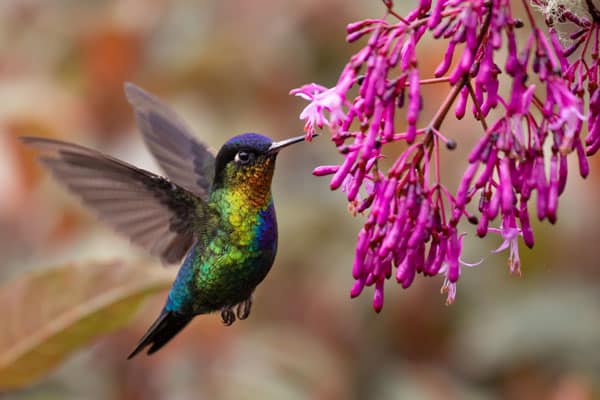
What is a Pollinator?
Any animal that carries pollen from plant to plant is considered a pollinator. By picking up and distributing pollen, these animals help fertilize plants so they can produce seeds or fruit.
The most common pollinators include bees, hummingbirds, butterflies, and many songbirds. These animals visit flowers to drink nectar and happen to pick up a little pollen along the way. When they visit the next flower, some of the pollen is left behind.
Technically, other pollinators can include bats, wasps, beetles, spiders, and some small mammals. But we’re just going to stick to the most common (and most efficient!) pollinators you want to attract to your garden.
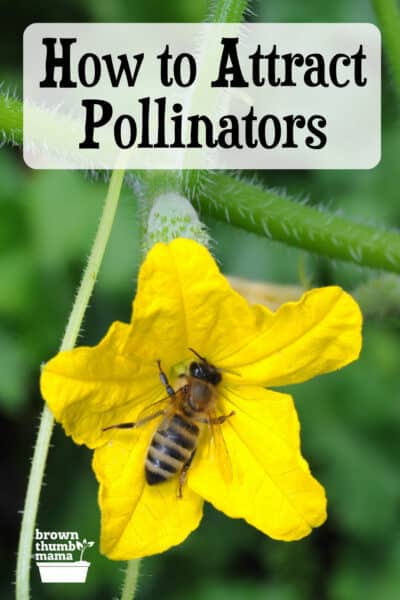
Why Attract Pollinators to Your Vegetable Garden?
So, why should you attract more pollinators to your garden? There are a few very good reasons you want more pollinators around, but the most important one for a vegetable garden is a better harvest.
No matter what you’re planting, pollination will increase the yields from your garden. Some plants require repeated pollination to produce healthy fruit, like cucumbers, pumpkins, squashes, and watermelon. If you’ve ever grown a cucumber that’s sort of deflated and pointy on one end, that’s because of inadequate pollination.
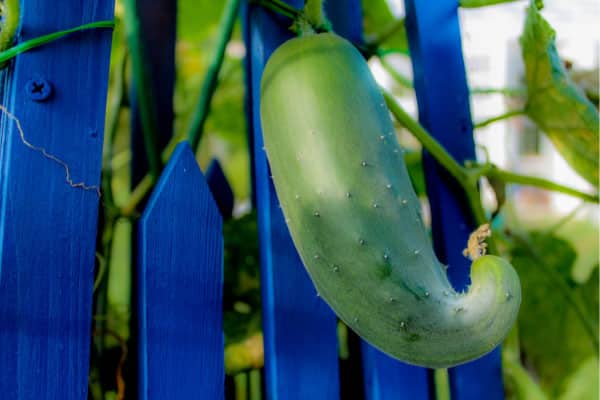
Other plants can produce fruit without pollination (like tomatoes, peppers, and green beans), but even these will produce better yields when pollinated. No matter what vegetables you plant, you’ll get more out of your garden when there are plenty of pollinators around.
Other Benefits to Attracting Pollinators
- Natural pest management. Many pollinators are natural predators of garden pests like aphids. Attracting pollinators is a natural way to control pests in your veggie garden.
- It’s good for the local ecosystem. Pollinating species have had it rough. Between urban development and toxic pesticides, many pollinator populations have decreased in recent years. By providing food and shelter for pollinators, you’re actually benefiting the entire local ecosystem in addition to your vegetable garden.
Choosing Plants to Attract Pollinators
Before we get to my list of plants and flowers that attract pollinating birds and insects, let’s dive into some important techniques you can use when choosing plants for pollinators:
- Choose native plants. Select some plants that are native to your region. Local birds and insects are most likely to visit plants that grow in their native habitats. See what plants are native to your area.
- Aim for blooms all spring and summer. You’ll need pollinators all season long, so choose a variety of plants that will bloom at successive times (early spring, late spring, early summer, etc.). This will keep your garden interesting to pollinators for more of the growing season.
- Add a variety of color and shapes. Bees, butterflies, hummingbirds, and song birds are all drawn to different colors based on their vision. Try to have some yellows, reds, oranges, purples, and blues in your garden. Also, aim for a variety of flower shapes too. Butterflies like clusters of flat-shaped flowers, while hummingbirds are drawn to trumpet-shaped flowers.
- Don’t forget scents. Pollinators like good-smelling plants too! Choose fragrant flowers and herbs to plant around your garden. Basil, lavender, and sage are herbs that are known to attract pollinators.
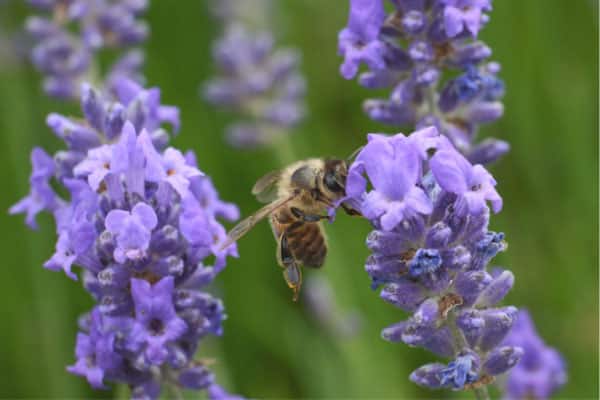
Which Plants Attract Pollinators?
When it comes to attracting pollinators to your vegetable garden, the most important step is planting the right flowers. Pollinators like colorful flowers that produce lots of nectar, but specific pollinators are drawn to specific types of flowers.
There is some overlap, so if you’re planting in a small space focus on flowers that attract multiple species. Some examples are heliotrope, sunflowers, aster, and lavender.
Here are specific lists for each of the main types of pollinators:
Plants that Attract Bees
Plants that Attract Butterflies
- Coneflower/Echinacea
- Phlox
- Black-Eyed Susan
- Heliotrope
- Lavender
- Lantana
- Butterfly Bush
- Aster
- Salvia
- Hollyhocks
- Sunflowers
- Sedum
- Marigolds
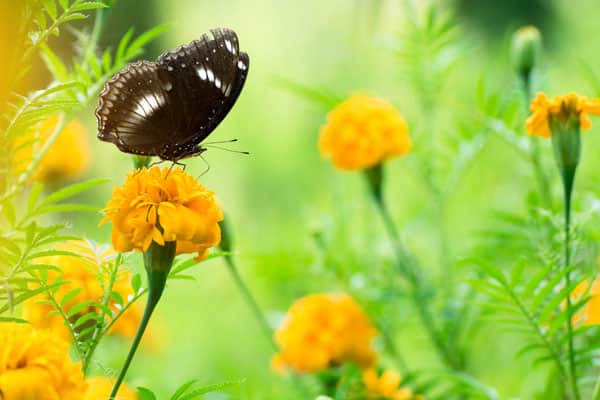
Plants that Attract Hummingbirds
Plants that Attract Songbirds
- Black-Eyed Susan
- Coneflower/Echinacea
- Sunflowers
- Cornflower/Bachelor’s Button
- Marigolds
- Aster
- Elderberry
- Trumpet Vine
More Ways to Attract Pollinators
Attracting pollinators isn’t just about which flowers are in your garden. You want to create a holistic environment that attracts and shelters pollinating species in order to get them to visit (and stick around for a little while). Luckily, this isn’t hard to do. Try the following ideas to make your garden a haven for pollinators:
Add a Bird Bath
Songbirds are natural pollinators, and they also happen to love a good bird bath. Place a bird bath in a shady, level spot near your vegetable garden. Look for a spot with tree branches nearby (birds love to preen their feathers after they’ve had a good bath!).
Make sure the water is no more than 2 inches deep. You can place a couple of river rocks in the bath so birds can sit and drink without getting wet, too. Check on your bird bath from time to time to keep it clean and clear of debris.

Create a Bee and Butterfly Bath
Bees and butterflies can use a bath too! They will come by often for a drink, especially in dry months.
But bird baths are too big and too deep for these insects. Bees and butterflies need a small, very shallow bath lined with rocks to perch on safely while they get a drink. Keep the bath in a quiet, shady spot near your vegetable garden.
Here’s a guide to making a quick and easy bee/butterfly bath.
Stick to Natural Pest Control
I probably don’t have to tell you this, but natural pest control is the way to go in your vegetable garden. Not only is it healthier for you and your family, but it’s better for your pollinators too.
Harsh chemical pesticides can be toxic to natural pollinators, so this is just another good reason to stick to all-natural pest control. And, of course, pollinators tend to be natural predators of garden pests, so you get that added benefit when you create a healthy, safe environment for them. Learn natural ways to eliminate earwigs or pincher bugs, aphids, snails and slugs, and tomato hornworms.
Provide Shelter for Pollinators
Birds, bees, and butterflies alike will appreciate a safe place to shelter that’s not out in the open. Flowering shrubs like rhododendrons can pull double duty as a shelter for pollinators to hide and rest. Some bees like to shelter in sandy soil, rock piles, or dead wood as well.
Have you tried any of these ideas to attract pollinators? Have any ideas of your own? I’d love to hear from you in the comments below!
